
Itinerary
Day 1: Arrival & Introductions
Your guide will collect you at Martigny train station at 16:00, a direct train ride from Geneva airport. We'll then enjoy group introductions, and you'll have a chance to settle into the accommodation before dinner.
We will issue you with all your equipment, show you how to fit it and conduct a safety training exercise. Perhaps a slice of cake and a cup of tea ☕️, too!
Day 2: Snowshoe Skills & Journey
Distance: 10km 500m up/ 500m down
Time: 5 hours hiking.
Itinerary: On this day we'll head out from our base in the mountain valley, to a location that's fantastic for gaining snowshoe skills - learning how to move over the snow with ease. We'll also complete a small journey into the Swiss wilderness, with incredible mountain backdrops.
Conditions permitting, in the late afternoon, you'll have the option of trying a chairlift and a Swiss sledge descent. This is an exhilarating ride down the mountain on traditional sledges (20chf extra). However, you can also choose to drink hot chocolate or hot wine instead. There may be another option of going to a local swimming spa, so don't forget your swimming costume, too (25chfs extra).
Note: This is a rough plan and the exact route and day will depend on the best place for the conditions.
Day 3: St Bernard's Hospice
Distance: 7km 600m up/ 100m down
Time: 5 hours hiking.
Itinerary: Today, you will ascend to the world-famous Grand Saint Bernard Hospice, one of the key alpine crossings.
Once there, we will break for tea and lunch with the monks.
Afterwards, we'll make a short journey across the Italian border. Here, we will have a chance to play in the snow and learn some more mountain skills before returning to the Hospice for dinner with the monks and optional attendance at Vespers. Alternatively, you can enjoy leisure time in the Hospice.
Day 4: Descent, Cheese and Dogs
Distance: 5km 500m down.
Time: 3 hours hiking
Itinerary: Waking in the high mountain hospice for a hearty breakfast will prepare us to descend back to the valley. We will then have several visits to make: first, a Laiterie to learn about and enjoy some cheese, and finally, BarryLand—home of the Grand Saint Bernard dogs—to give them a cuddle (optional).
Your trip ends at Martigny Train station; we will drop you off there at around 1500.
Note: This is a planned itinerary that may have to change to best use the weather and snow conditions.
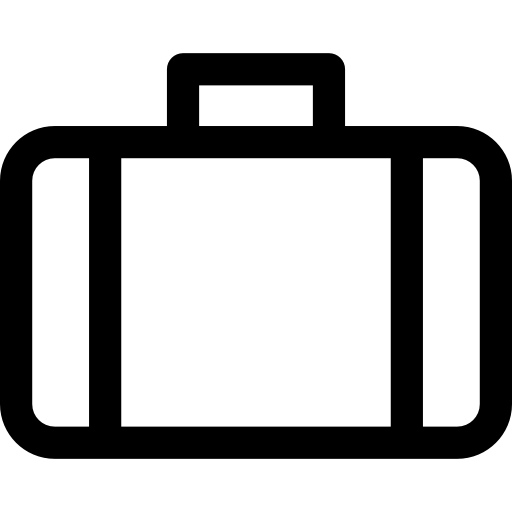
Kit List
Documents:
- Passport
- Boarding pass for flights
- Money (CHF)
- Credit/Debit Card
Sleeping:
- Sleeping bag liner (you can buy these for 25 CHF). They are required in all Swiss budget accommodations.
- Ear plugs
Footwear:
- Trekking boots: 4-season waterproof, warm, lightweight
- Lightweight shoe's for the evening (or you can borrow hut slippers)
Clothing:
Please make sure that you have non-cotton clothing for trekking.
- Pair of synthetic under-top and bottom (long johns or similar)
- Comfortable shirt for the evening
- Hiking socks
- Spare underwear
- Fleece
- Light down or Primaloft jacket
- Waterproof jacket and trousers
- Hiking trousers
- Comfortable trousers for the evening
- Sun hat, warm hat and waterproof gloves
- Buff or scarf
Other:
- Day bag: 35 - 45 litres - all your kit should fit into this bag
- Travel towel
- Dry bag or liner
- Water bottle: At least 2L
- Sun protection: Sunglasses, sun cream and sun hat
- Personal medication
- Toiletries
- Electronics - headtorch, travel adapter, phone and charger
Specialist equipment is included in the price of the trip (snowshoes, poles etc.)

Difficulty Rating
Moderate
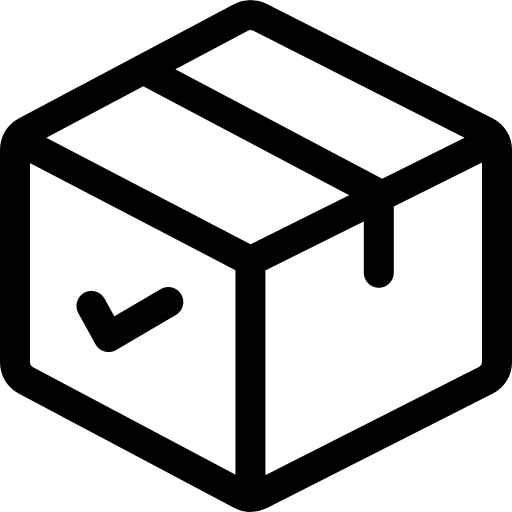
What's included
- Professional guide.
- Accommodation.
- Breakfast and dinner.
- Specialist equipment (snowshoes, poles, safety equipment).
- Entry to Barryland.

Not included
Our trips are hassle-free by design. We include all the activities and equipment, as well as many of the meals, so you can simply rock up with your rucksack and share the adventure with your new pals.
Travel to and from the trip
Our trips do not include flights, trains or other travel to the start point and back from the end point.
Travel insurance
Travel insurance is compulsory for all of our adventures and you are required to provide your policy information before departing. Your insurance should include adequate protection for overseas medical treatment, evacuation/repatriation, your baggage and equipment and the specific activities involved on your adventure. We also strongly recommend it includes cancellation and curtailment insurance, should you be unable to join your trip for specific reasons such as illness.
Visas
Visa requirements often change, and you are responsible for obtaining any required visas for this trip. Please check with your nearest embassy or consulate for up-to-date advice.
Personal Expenses
You know your own spending habits best, so please budget an appropriate amount for things like optional meals and drinks, shopping, optional activities, and laundry.
Videos
FAQ's
Do I need a Visa?
This depends on the country you are coming from. European/EU/EEA should not. Non-EU countries (including the UK) will need an ETIAS from 2025. Please view updates about this new regulation on ETIAS.COM. This needs to be sorted out online well before you travel and has a small fee. (7 Euros). Please make sure you get this from the official website as there are scam websites charging more. It's up to individuals to ensure that travel requirements are met.
What plug adapter do I need?
Unfortunately, we are travelling through 3 different countries with slightly different plug requirements. A Hexagonal 2-pin USB charger will work everywhere. WE NOW SELL THESE AND YOU CAN BUY THEM FROM YOUR GUIDE AT THE VERT LODGE at cost price of 10 Euros (1/3rd of airport price). They are also lighrtweight. Rifugio Bonatti (night one) has a charging bank. Relais d'Arpete (night two) has a plug in each room. Le Auberge Mont Blanc (night three) has plugs in each room. Swiss plugs are recessed though so you need one that is hexagonal!
Do you cater for most dietary requirements?
We try to, whether you're vegetarian, vegan or have allergies. You must inform your guide via your dashboard about your dietary requirements at least 30 days prior to the trip. We will inform the accommodation to prepare for you.
Do I need travel insurance?
Yes - you must have travel insurance including search and rescue, with hiking up to 3000m. We are not certified insurance agents and therefore cannot legally answer questions about insurance. Popular providers clients have used in the past include the British Mountaineering Council (Trek policy, UK if a BMC Member), Snowcard (UK residents) and the Austrian Alpine Club (All nationalities, an annual policy comes with other benefits). You may have insurance as part of an annual policy - please check this includes mountain rescue upto 2500m. These do require organising before you leave so that you get all the details. Price comparison websites will provide this. Typical costs seem to be around 20 EUR for a week. We are sorry that we can't recommend Insurance providers from every country. The Austrian Alpine Club seems to cover most countries, and its annual fee is 62 Euros.
How much cash should I bring, and in which currency?
The currency used in France and Italy is Euro’s. In Switzerland, they use the Swiss Franc, chfs, but normally accept Euros at a poor exchange rate. We recommend changing your money before you arrive as it is not possible once you've left the airport. You WILL need money for lunches, drinks, souvenirs and tips . Alpine refuges do not always take cards or digital payments. We recommend: 100 euros & 150chfs per person, depending on how much you eat and drink extra. At the very least use the cash points at the airport to get Swiss Francs (chfs)
Do I need walking boots?
Yes we highly recommend wearing walking boots rather than trainers, as they provide more grip and help to prevent any sprains/injuries. This is a safety concern so please take this seriously. If you are used to walking in trail shoes or similar that can be fine unless there is snow on the ground in early season - then we insist you wear boots.
What to do If my flight is cancelled or delayed?
If you experience a delay or cancellation to your flight, please get in contact with the AlpsAdventures guide team by WhatsApp/ phone at the number on your confirmation/dashboard. This is the quickest way to get a response. You can call or send a WhatsApp message. We can then look at the options available to you.
Should I tip the guide?
If you feel your guide has done a good job, a tip is always appreciated as a way to recognise the care, skill, and energy they put into making your trip enjoyable and safe. Guiding involves much more than leading the way – your guide also manages logistics, navigates changing conditions, supports the group, and creates a memorable experience. While tipping is entirely at your discretion, it is a meaningful way to show your appreciation. We would recommend a 20 Euro per person minimum.
How will I access food and water on the trail?
During the summer, it can be quite warm in the Alps, so it is important to carry enough water. We strongly recommend taking two litres of water. The tap water at the accommodations you will stay is drinkable,e but there are places along the way to fill up your bottle. Your guide will give you advice on this for each day. If this is a concern for you, then we recommend that you pack iodine tablets or other water purification methods. Day 1: 3 hour walk, no refills. Day 2: 8 hour walk, 3 opportunities for refills. Day 3: 7 hour walk, 2 opportunities for refills. Day 4: 4 hour walk, 1 opportunity for refill. Food While trekking, you will have the chance to taste a great variety of local specialities. The breakfast is continental, often with a variety of juices, tea and coffee. The three-course dinner in the evening is hearty. For Day 1, you will need to bring lunch with you as there is nowhere to stop on the route. During Days 2, 3 and 4, you can purchase lunch along the way or pay for a packed lunch from the hut. Your guide will help you order. If you have any food allergies (vegetarian, vegan, gluten intolerance, etc), please make us aware of this when completing your registration form, found on your Skyhook dashboard. We will communicate that to huts, but if you have a specific dietary requirement, then please plan to get enough energy.
Can I join you as a solo traveller?
Absolutely! We get lots of solo travellers - it's a great way to meet like-minded people.
What kind of accommodation do we stay in?
We'll stay in mountain huts in secluded locations. The rooms are dormitory style with shared bathrooms. You can expect electricity and Wifi. What kind of accommodation do we stay in. Bedding (duvet and pillow) will be provided for you in each hut, but you do need to bring a thin sleeping bag liner. Towels, toiletries and other facilities, such as hairdryers, that you often find in hotels are not available at our mountain huts.
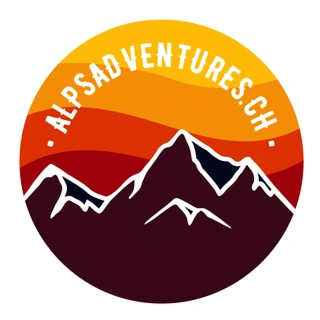
.jpg)
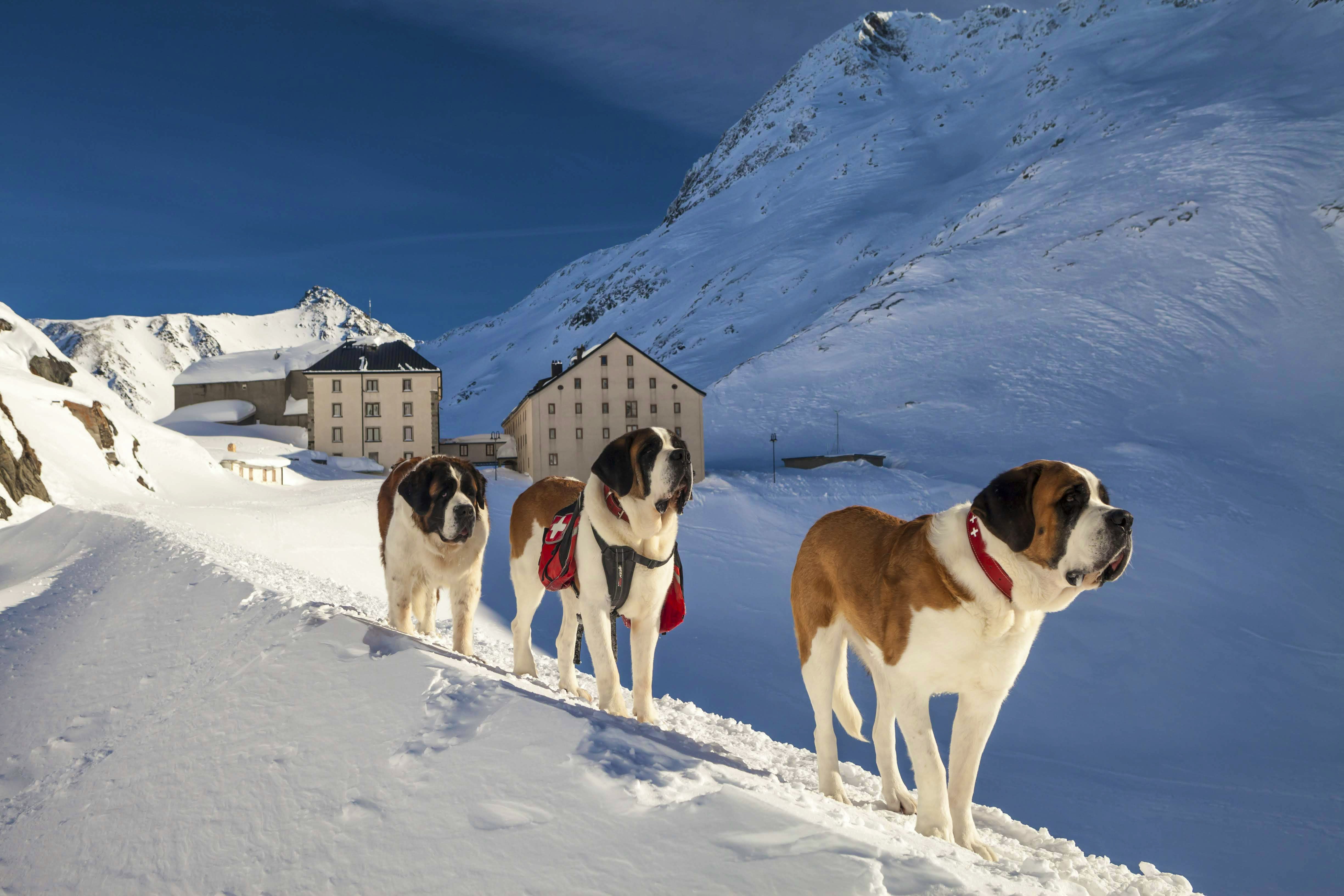
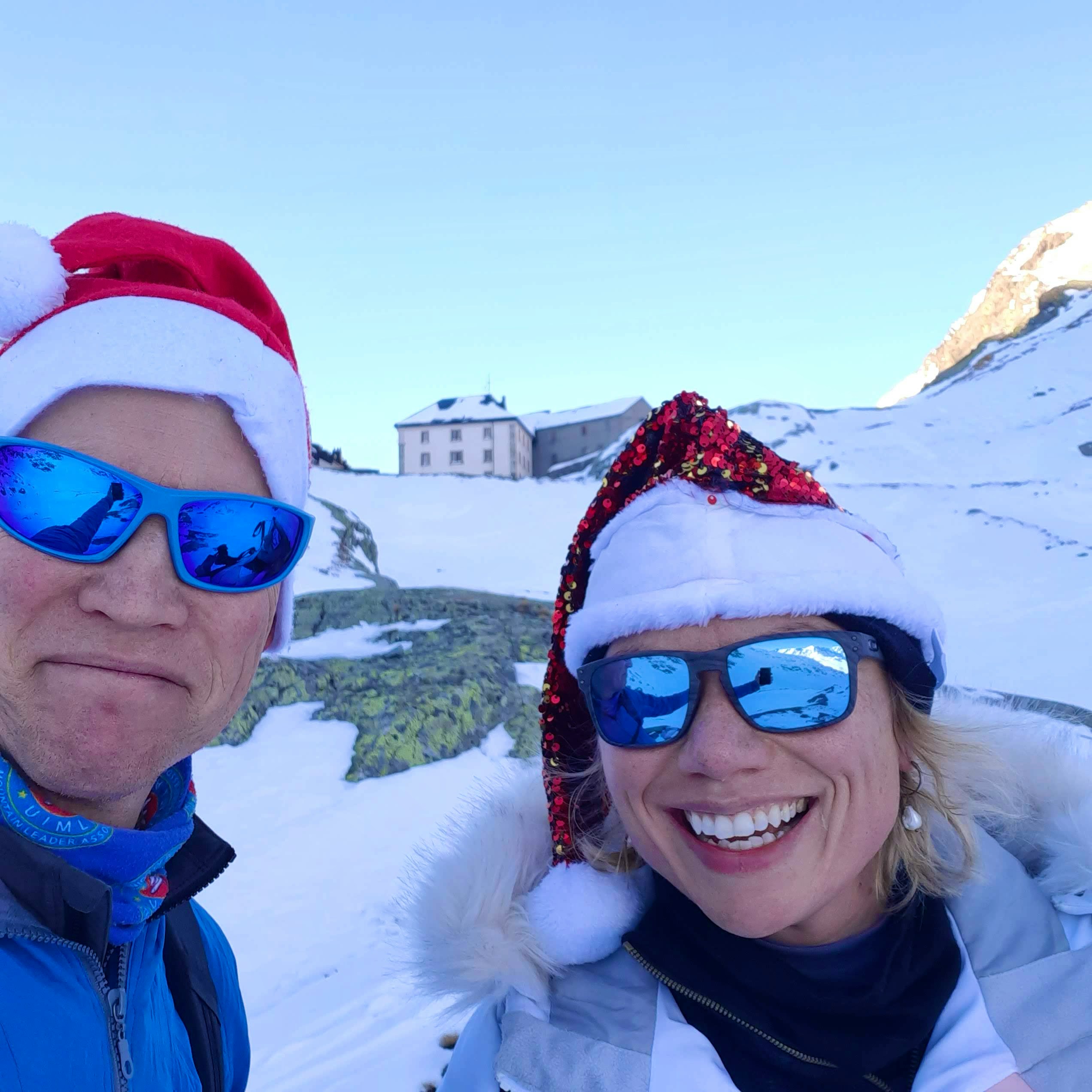


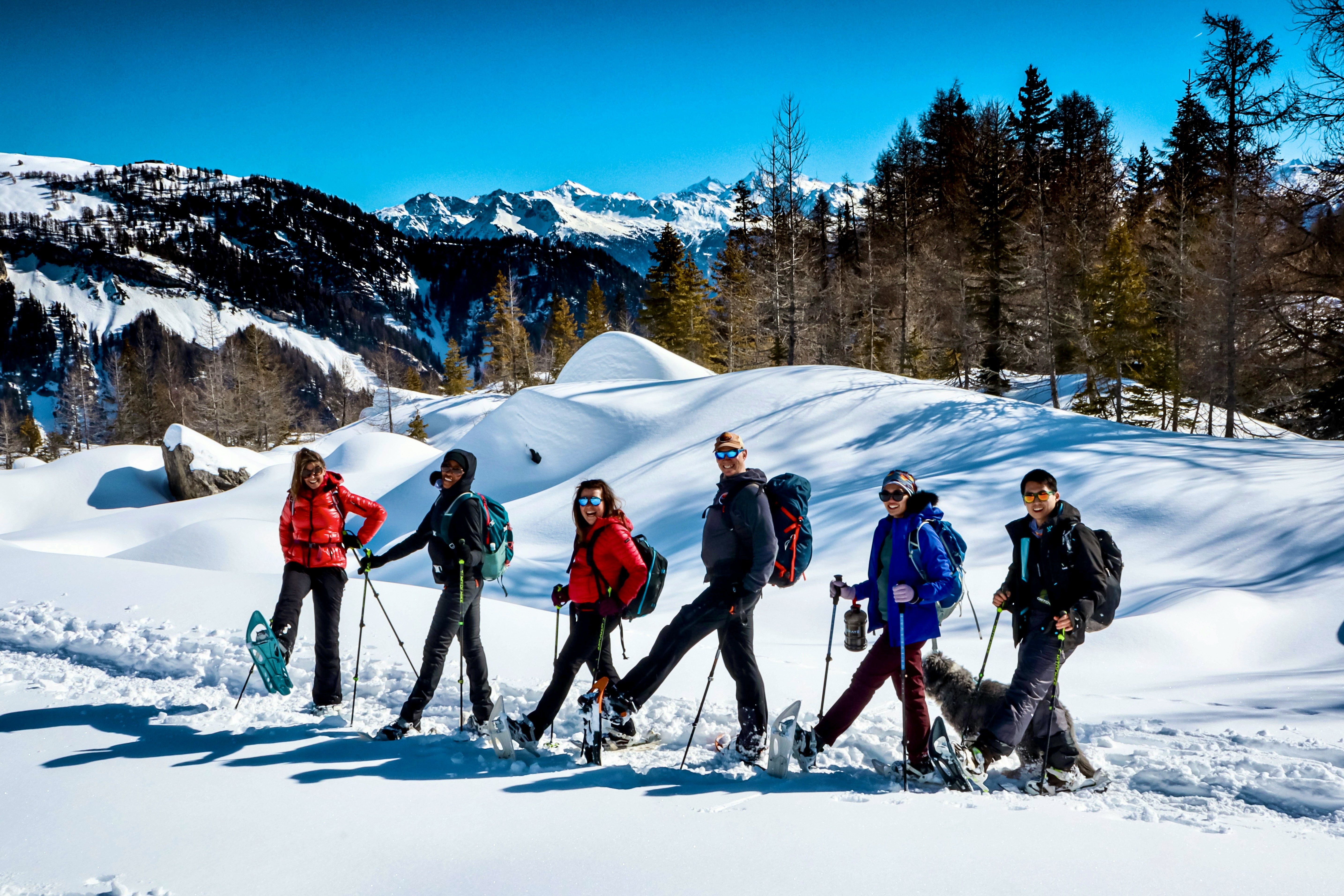
.jpg)
.jpg)
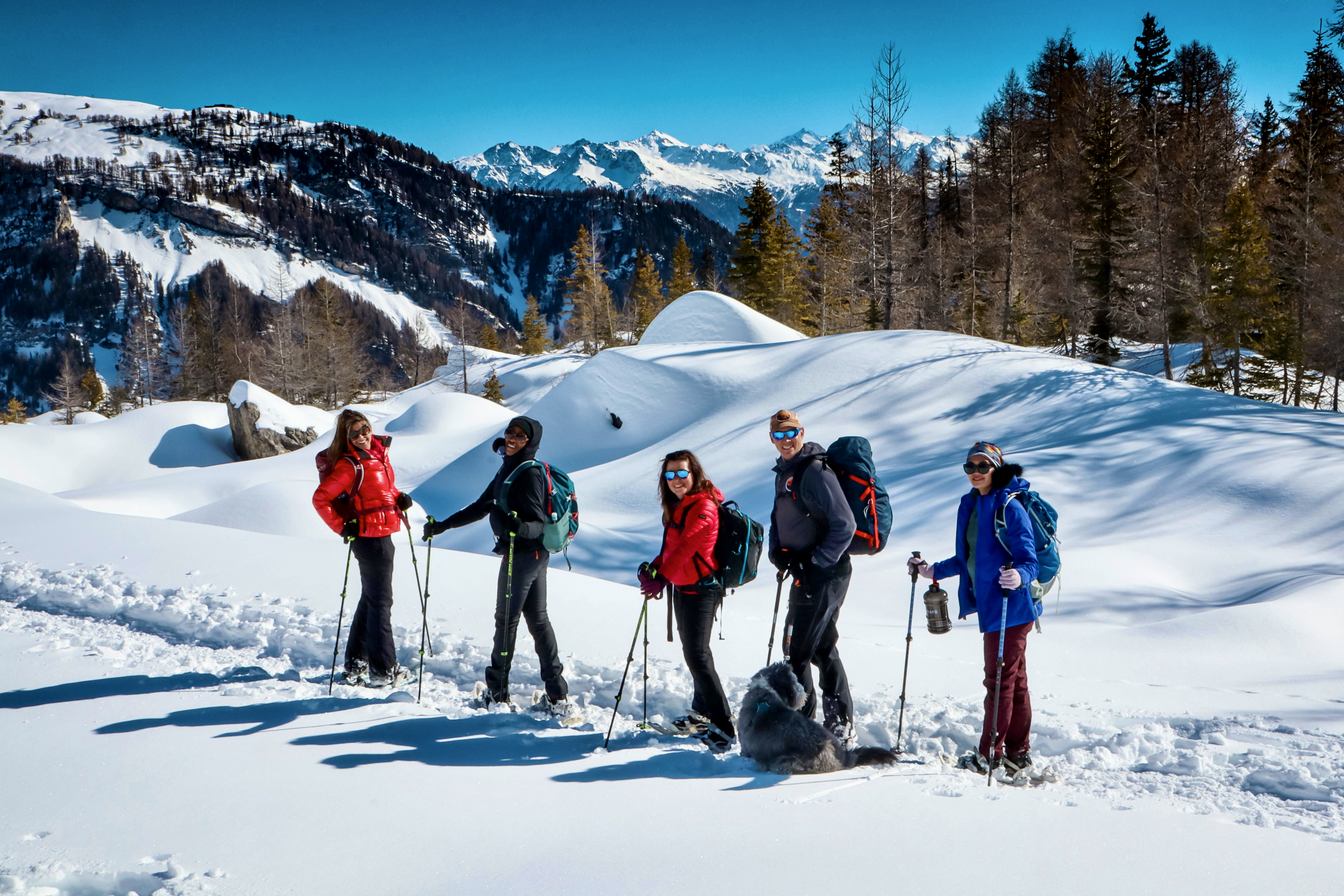

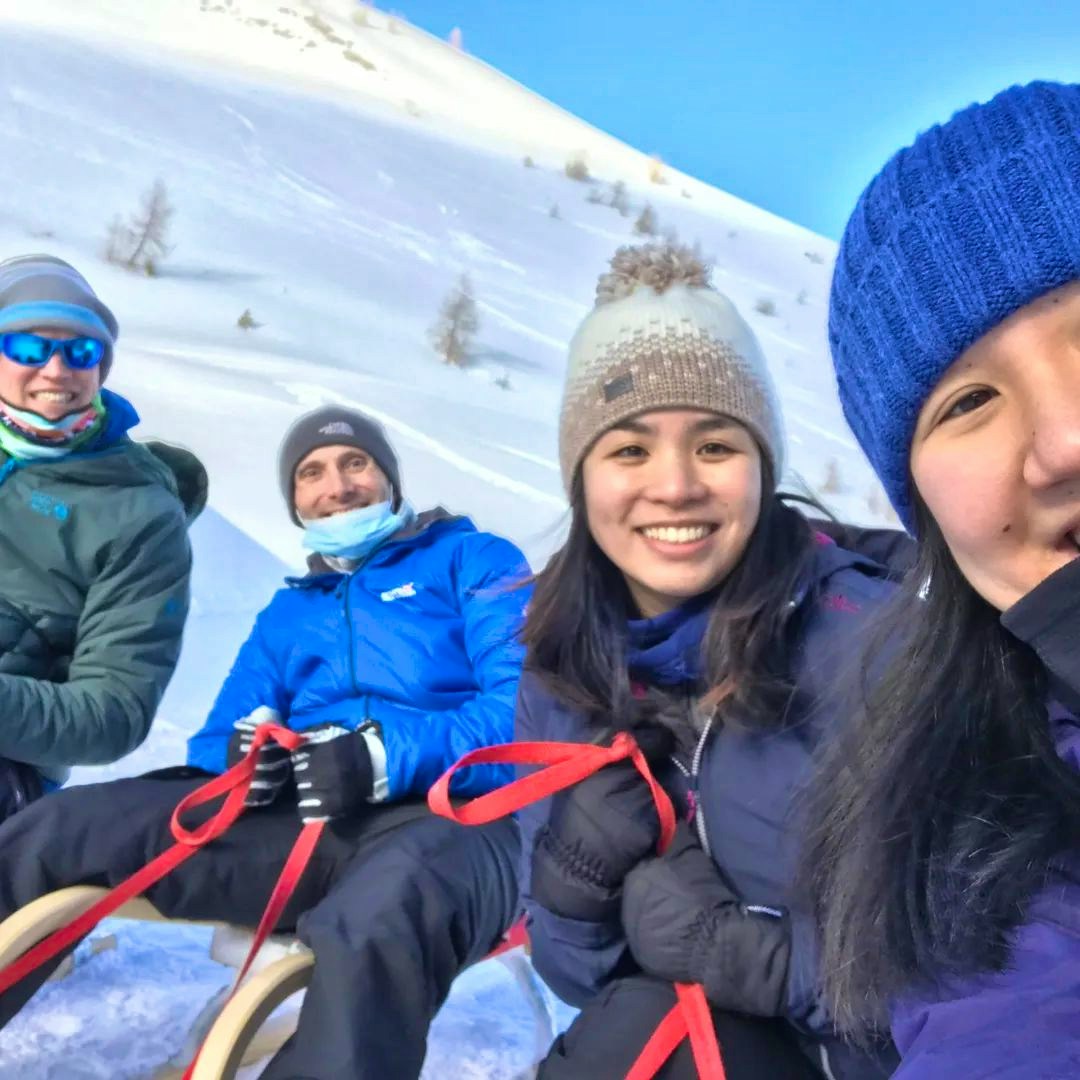


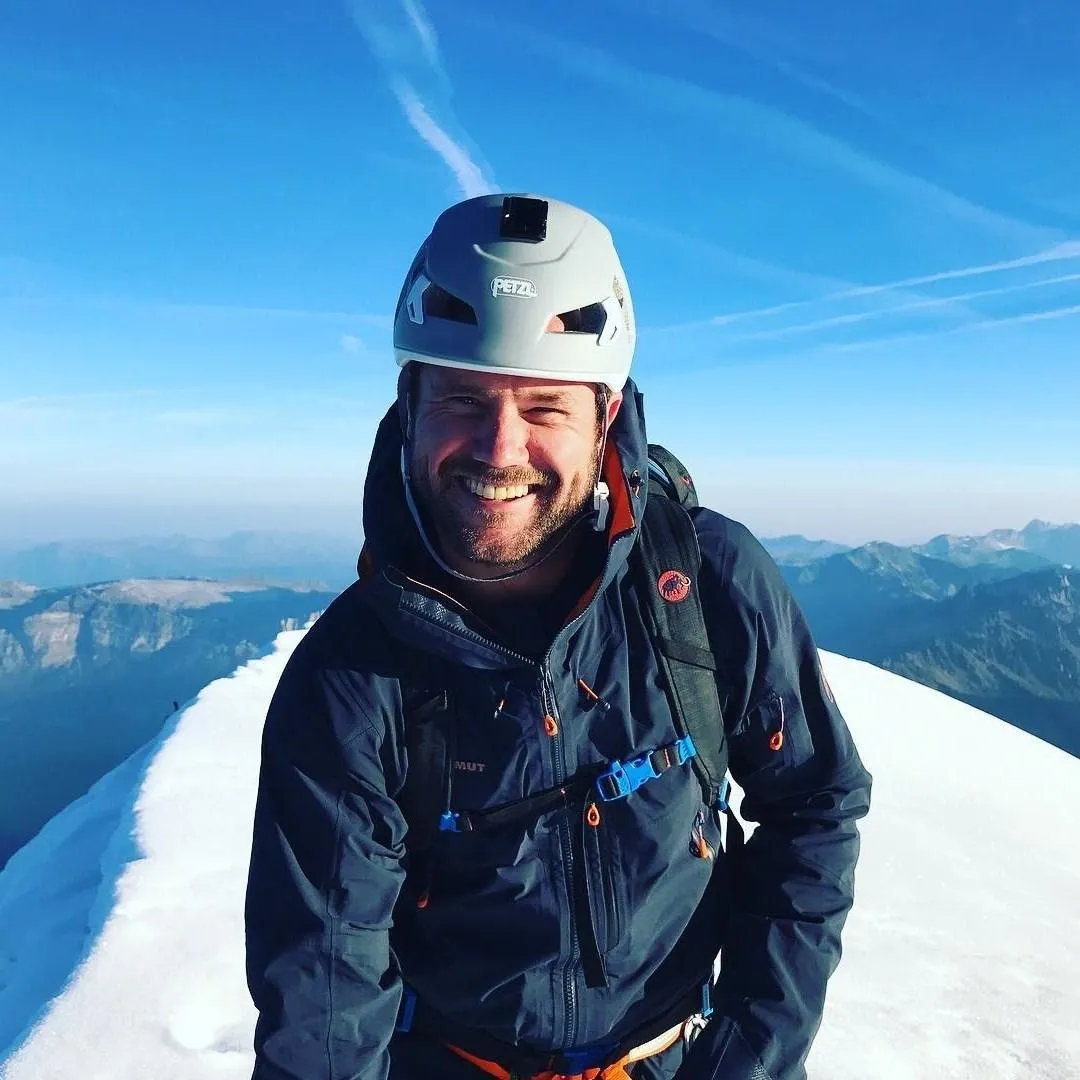
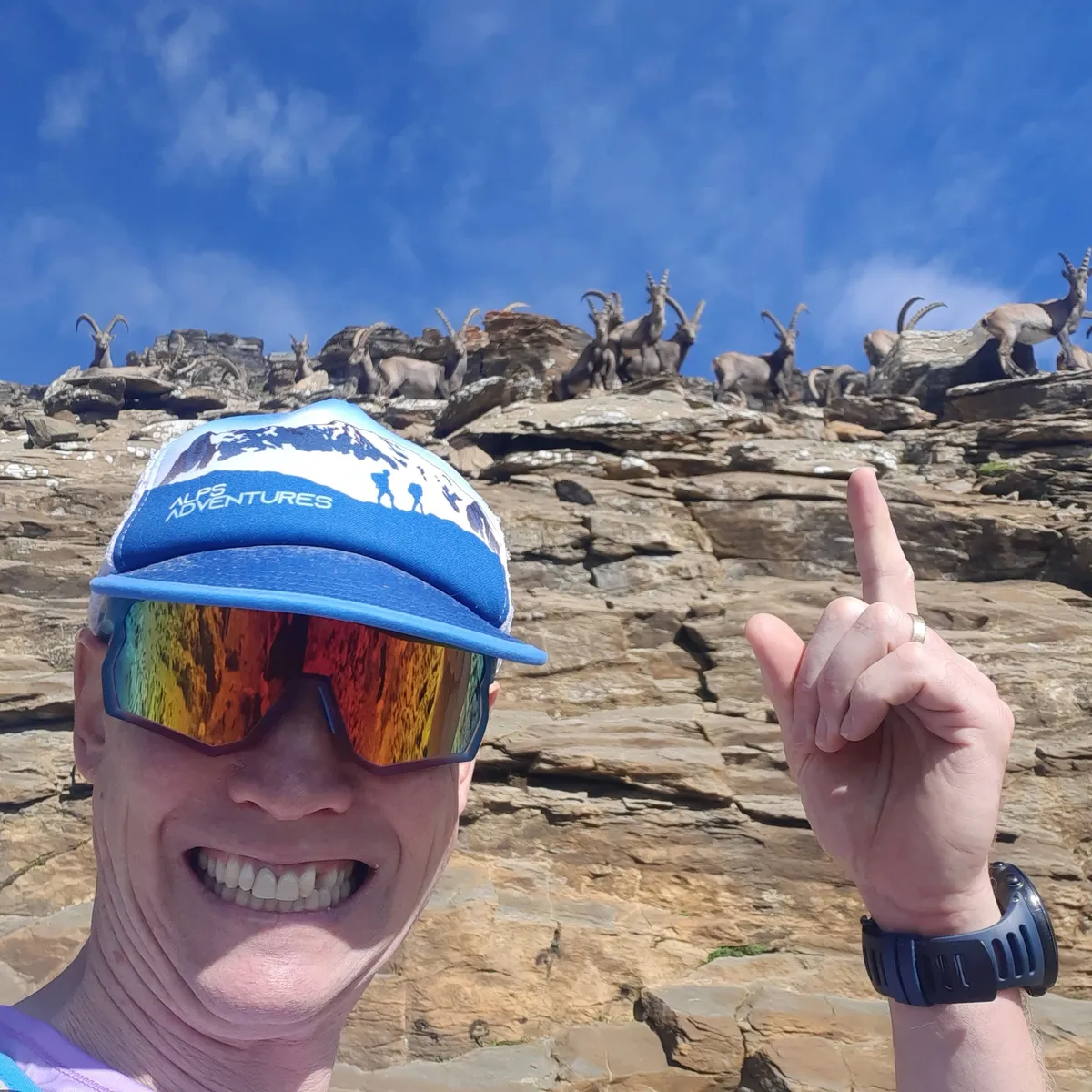
.webp)

.webp)
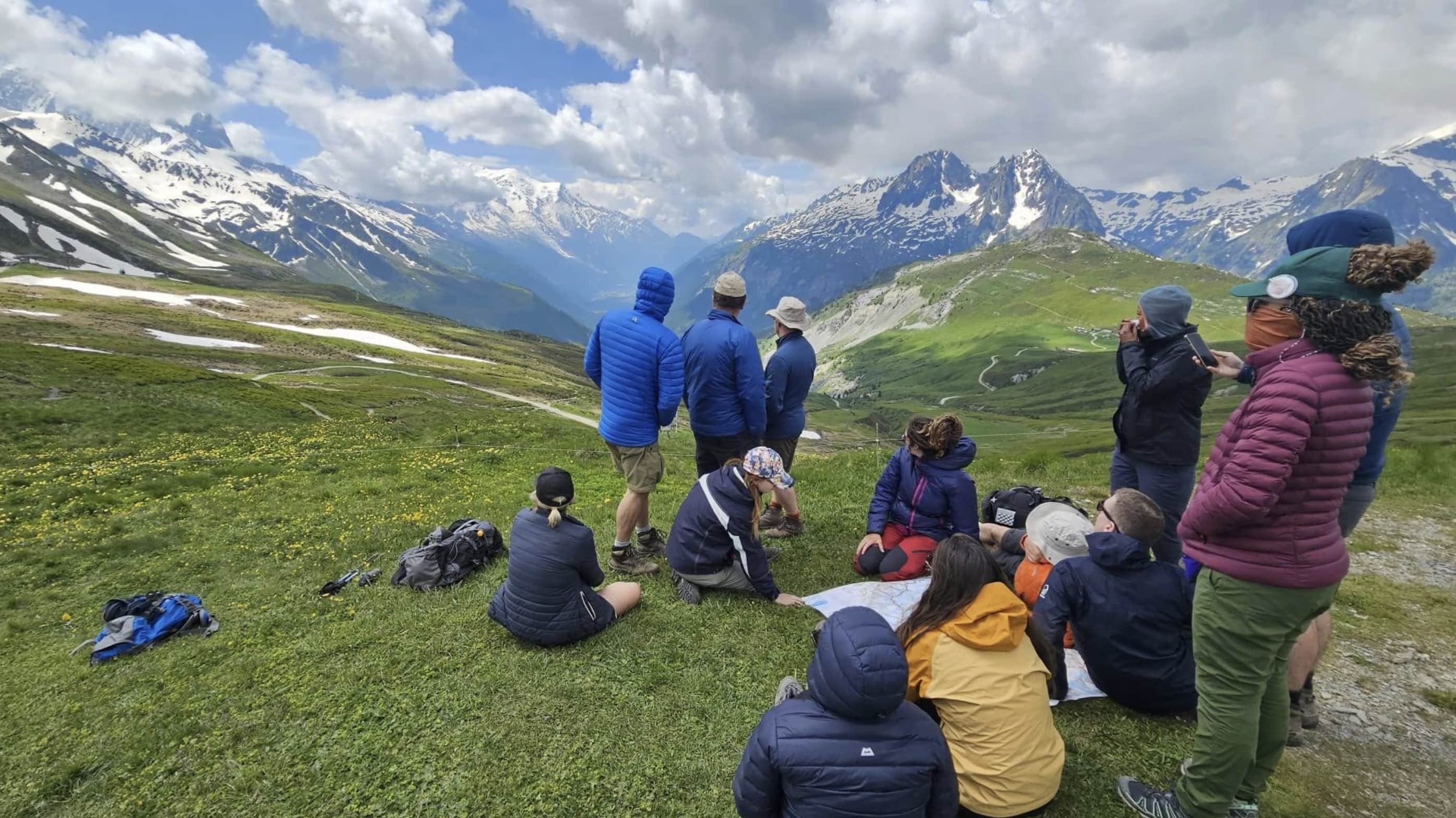

.webp)
.webp)